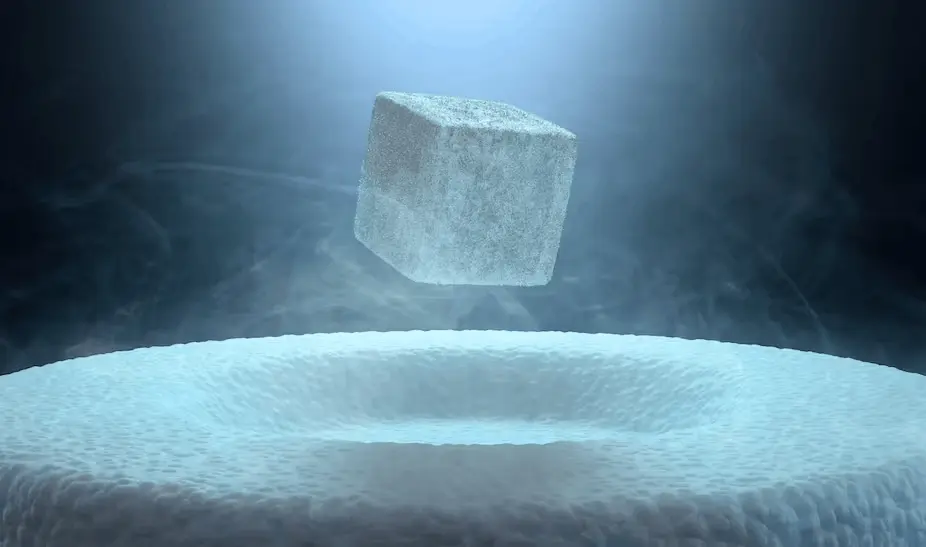
Superconductors
Superconductivity is a macroscopic quantum effect that was first discovered by the Dutch physicist Heike Kamerlingh Onnes in 1911. Kamerlingh Onnes was studying the electrical resistance of mercury at low temperatures and found that at about 2 Kelvin (-267.15 °C) the resistance abruptly dropped to zero.
In ordinary conductors, electrical resistance lowers as the temperature decreases, but it never reaches zero because the electrons collide with each other. Yet an electric current flowing in a loop of mercury wire could potentially maintain a current forever, with no applied voltage - although you would have to provide the energy to keep it cool - and so mercury was dubbed a superconductor.
